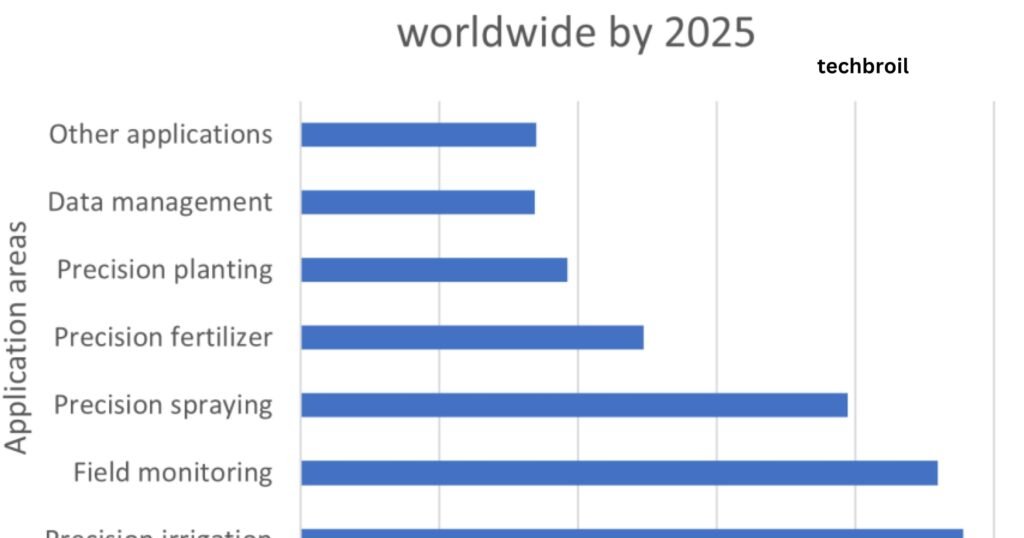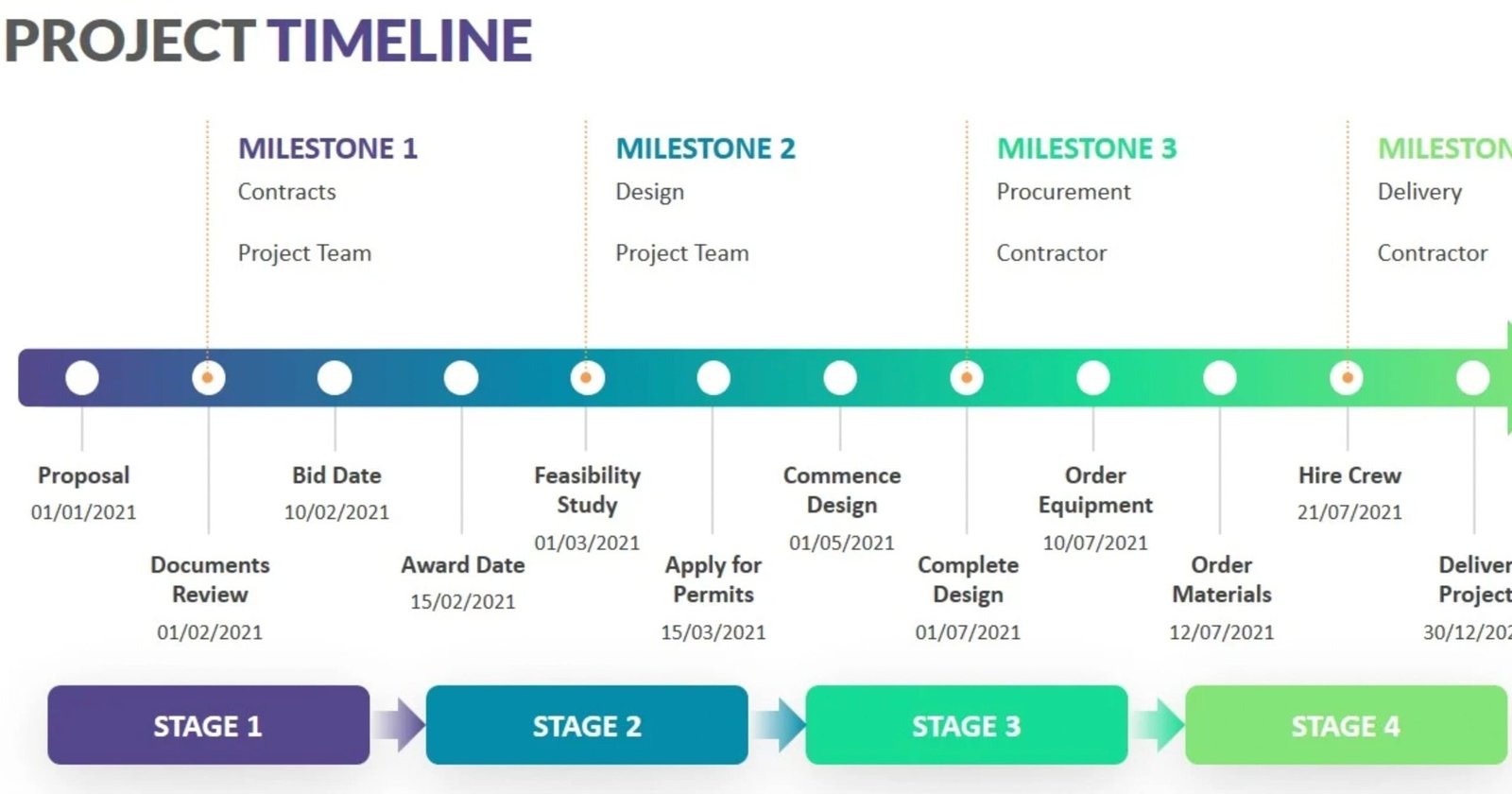What is the computer software program used to plan and design agricultural projects? CAD is the computer software program used to plan and design agricultural projects. These software tools cater to various aspects of agricultural project planning and design, offering functionalities to streamline processes and enhance productivity.
In modern agriculture, technology is essential for efficient planning and design of agricultural projects. Computer software programs play a crucial role in aiding farmers, agronomists, and other stakeholders in making informed decisions, optimising resources, and maximising yields.
In this discussion, we will explore several computer software programs specifically designed for planning and designing agricultural projects.
I. Geographic Information System (GIS) Software
Overview and Functionality
GIS software is a powerful tool used in agricultural project planning and design. It allows users to capture, analyse, and visualise spatial and geographic data related to the project site. This includes data on soil types, topography, weather patterns, and land usage. GIS helps in making informed decisions regarding crop selection, irrigation planning, and land use optimisation.
Key Features
- Spatial Analysis: GIS facilitates analysing spatial relationships and patterns to optimise land use and resource allocation.
- Data Visualization: It allows for the creation of maps and visual representations of data, aiding in easier interpretation and decision-making.
- Overlay Analysis: Different layers of data can be overlaid to identify suitable areas for specific crops or activities based on various criteria.
- Route Optimization: GIS can optimise transportation routes for the efficient movement of agricultural products.

II. Farm Management Software
Overview and Functionality
Farm management software is designed to help farmers organise and manage various aspects of their agricultural operations. It includes features like crop planning, inventory management, financial tracking, and labour management. This software streamlines processes increases productivity and ensures compliance with regulations.
Key Features
- Crop Planning: Allows farmers to plan crop rotations, select suitable crops, and optimise planting schedules based on various factors like soil health and climate.
- Inventory Tracking: Helps in managing and tracking inventory such as seeds, fertilisers, pesticides, and equipment.
- Financial Management: Enables tracking expenses, revenue, and overall financial health of the farm.
- Labour Management: Facilitates managing labour schedules, tasks, and payroll.
III. Precision Agriculture Software
Overview and Functionality
Precision agriculture software integrates technology and data analytics to optimise crop yields and resource utilisation. It uses real-time data from sensors, drones, and satellites to make data-driven decisions regarding planting, irrigation, fertilisation, and pest control.
Key Features
- Real-time Monitoring: Provides real-time data on soil moisture, weather, and crop health to optimise irrigation and detect issues early.
- Variable Rate Application (VRA): Allows for precise application of inputs like fertilisers and pesticides based on data-driven prescriptions, minimising waste and maximising efficiency.
- Yield Mapping: Creates yield maps to identify high-performing and underperforming areas, enabling targeted improvements.
- Predictive Analytics: Utilizes historical data and algorithms to forecast crop yields and optimise future planting decisions.

IV. Agricultural Modeling Software
Overview and Functionality
Agricultural modelling software uses mathematical and computational models to simulate various agricultural scenarios. It helps in predicting crop growth, assessing the impact of different variables, and optimising management practices.
Key Features
- Crop Growth Simulation: Models the growth of crops based on parameters such as soil quality, weather, and agricultural practices, aiding in decision-making.
- Pest and Disease Prediction: Predicts and models the occurrence and spread of pests and diseases, enabling proactive management strategies.
- Climate Change Impact Assessment: Assesses the potential impact of climate change on crops and suggests adaptive measures.
- Resource Optimization Models: Optimizes resource allocation, like water and fertilisers, to achieve maximum crop yields.
V. Irrigation Design and Management Software
Overview and Functionality
Irrigation design and management software assist in planning, designing, and managing efficient irrigation systems. It optimises water usage, reduces wastage, and ensures that crops receive the appropriate amount of water.
Key Features
- Design Tools: Offers tools to design efficient irrigation systems based on factors like crop type, soil type, and topography.
- Water Scheduling: Helps in scheduling irrigation based on real-time data and crop water needs.
- Water Usage Analysis: Analyzes water usage patterns to identify inefficiencies and improve irrigation practices.
- Integration with Weather Data: Integrates weather data to adjust irrigation schedules based on upcoming weather patterns.
Incorporating these computer software programs into agricultural practices significantly enhances the efficiency, productivity, and sustainability of agricultural projects. Farmers and agricultural professionals can utilise these tools to make informed decisions, optimise resource allocation, and ultimately improve the yield and quality of their crops.
Conclusion
Which Of The Following Is A Computer Software Program Used To Plan And Design Agricultural Projects? The advent and progression of computer software in agriculture have revolutionised the way farming and agricultural projects are planned, managed, and executed. The tools we’ve examined – GIS, Farm Management Software, Precision Agriculture software, Agricultural Modeling software, and Irrigation Design and Management software – each offer a unique set of functionalities that empower farmers to make data-driven decisions. These tools not only optimise productivity and yield but also contribute to sustainability by enabling efficient resource allocation. Ultimately, the integration of such technology is reshaping the landscape of agriculture, making it smarter, more efficient, and more sustainable.
FAQs
What is GIS software, and how is it used in agricultural projects?
Geographic Information System (GIS) software helps capture, analyse, and visualise spatial and geographic data related to agricultural project sites. It assists in optimising land use, crop selection, and resource allocation by providing insights into soil types, topography, weather patterns, and land usage.
What are the key features of farm management software?
Farm management software includes features like crop planning, inventory management, financial tracking, and labour management. It helps farmers organise their agricultural operations efficiently, optimise planting schedules, manage inventory, track expenses, and handle labour-related tasks.
How does precision agriculture software benefit farmers?
Precision agriculture software uses real-time data from sensors, drones, and satellites to optimise crop yields and resource utilisation. It assists in making data-driven decisions for planting, irrigation, fertilisation, and pest control, resulting in increased efficiency and higher crop yields.
How does irrigation design and management software aid in agriculture?
Irrigation design and management software assist in planning, designing, and managing efficient irrigation systems. It optimises water usage, reduces wastage, and ensures crops receive the appropriate amount of water by providing tools for system design, water scheduling, and water usage analysis.
What are the primary functions of agricultural modelling software?
Agricultural modelling software utilises mathematical and computational models to simulate various agricultural scenarios. It helps in predicting crop growth, assessing the impact of different variables, managing pests and diseases, and optimising resource allocation for improved agricultural outcomes.









